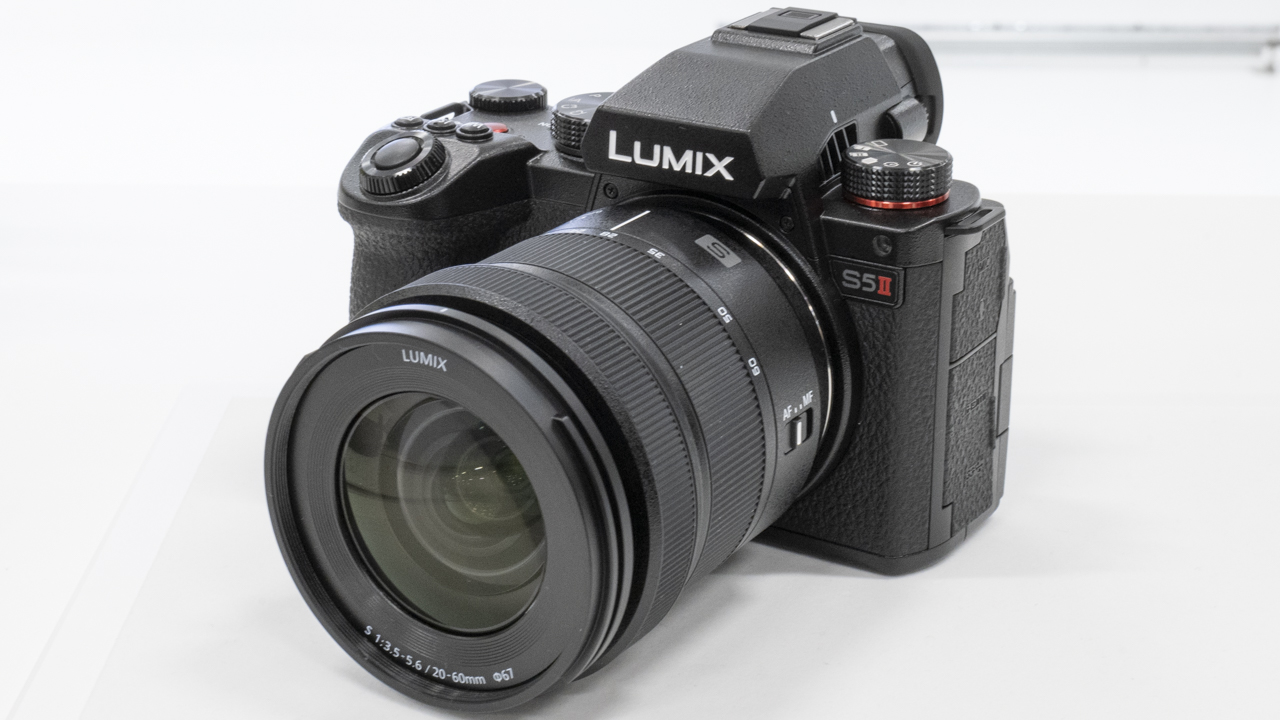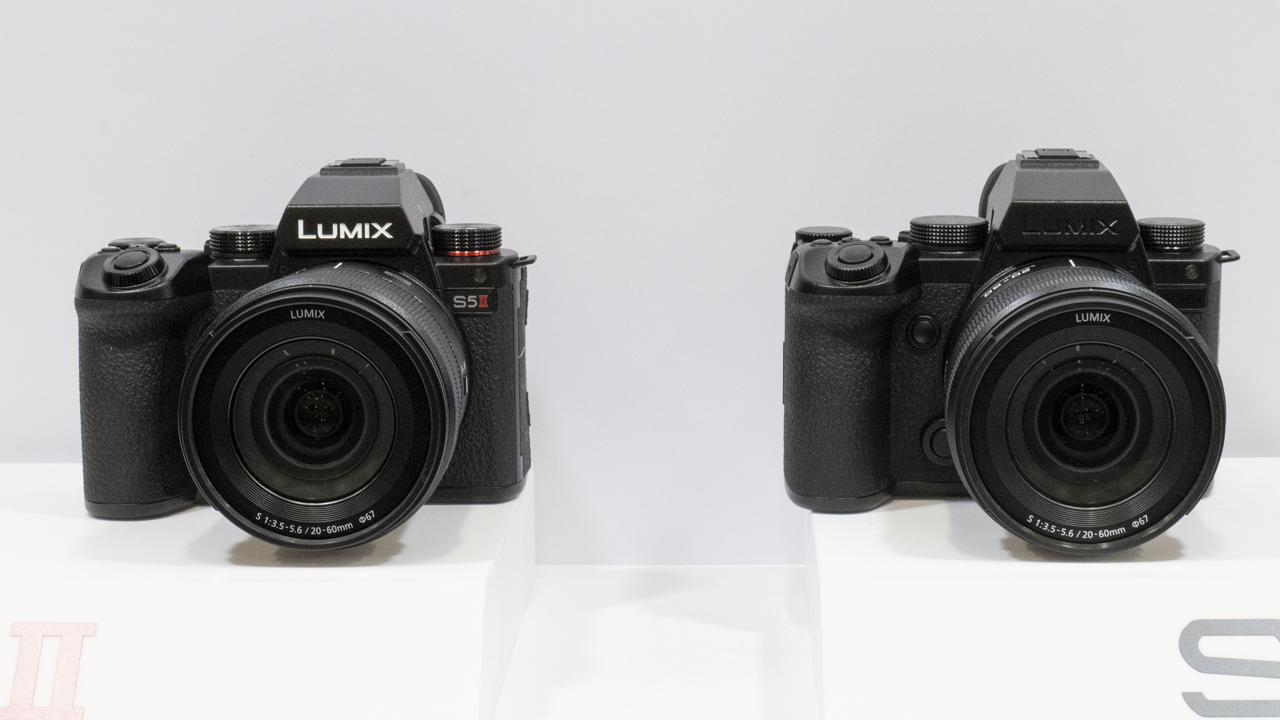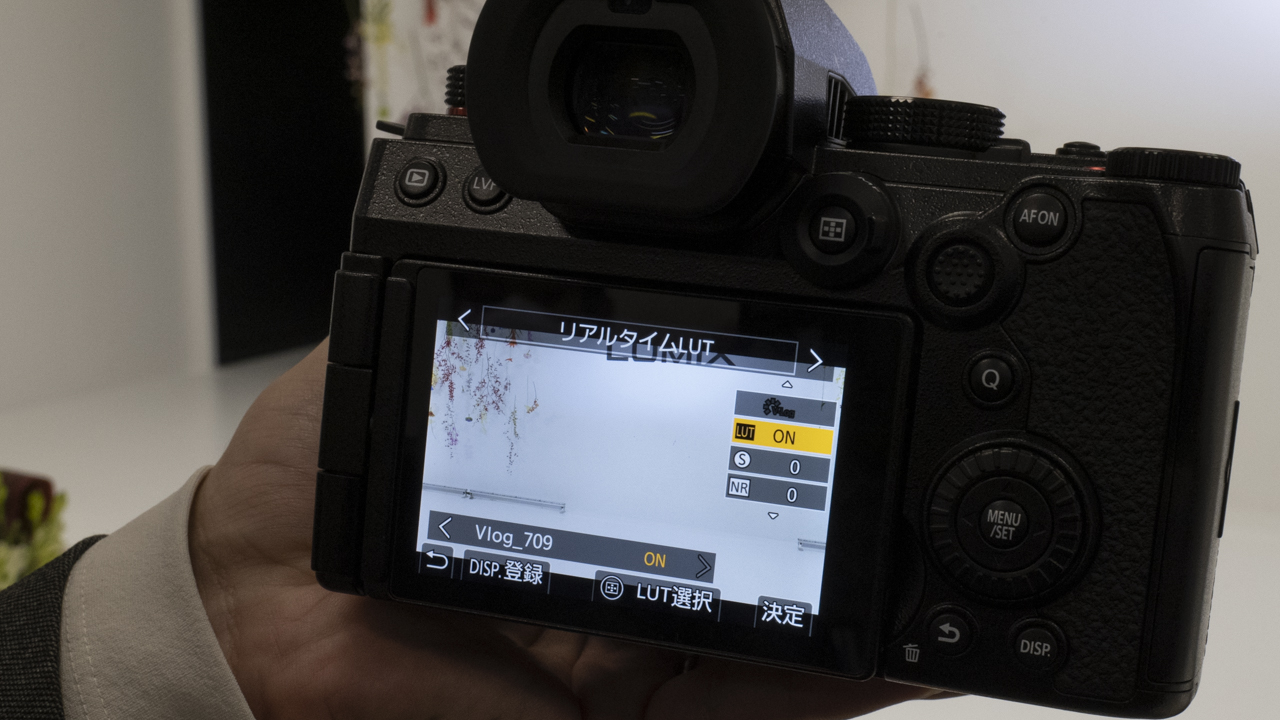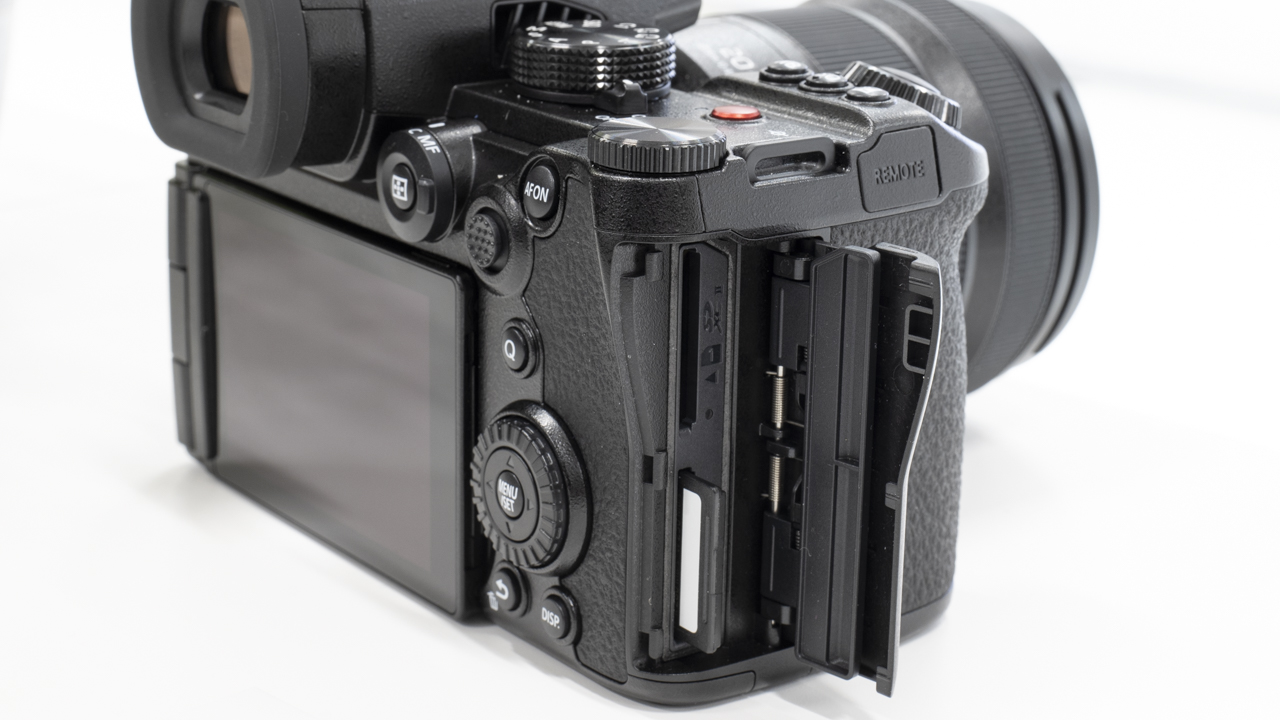
Panasonic announced the “S5 II” and “S5 IIx” full-size mirrorless single-lens cameras compatible with the L-mount system. The release date, price, and lineup are as follows.
LUMIX S5 II: To be released on February 16, 2023, suggested retail price is open:
- S5 II body only : Market forecast is around 248,000 yen including tax
- S5 II lens kit (with S 20-60mm) : Market forecast around 281,000 yen
- S5 II lens kit (with S 20-60mm and S 50mm F1.8) : Market forecast around 300,000 yen
LUMIX S5 IIx: To be released in late June 2023, suggested retail price open
- S5 IIx body only : Market forecast is around 274,000 yen
- S5 IIx lens kit (with S 20-60mm) : Market forecast around 306,000 yen
- S5 IIx lens kit (with S 20-60mm and S 50mm F1.8) : Market forecast around 334,000 yen

S5 II on the left, S5 IIx on the right
Improved autofocus with the introduction of image plane phase detection AF
Let’s start with the common features of the S5 II and S5 IIx. The S5 II series has revamped the engine and sensor, which are the key devices of the camera. The new Venus engine has substantially doubled the computational performance and four times the buffer memory of the previous model S5.
The newly developed 24.2M image sensor supports LUMIX’s first image plane phase difference AF, enabling comfortable shooting. With 779 AF points covering almost the entire area of the image sensor, the distance to the subject can be calculated with high speed and accuracy, enabling continuous capture of dynamically moving subjects.

The S5 and GH6 feature spatial recognition AF with DFD/contrast AF. The S5 II series adopts image plane phase difference AF for the first time as LUMIX. By combining “Phase Detection AF,” “DFD/Contrast AF,” and “Recognition AF,” improvements have been made mainly in scenes that have been difficult until now. The combination of an algorithm that captures and tracks the entire human body and image-plane phase-difference AF that can acquire distance information makes it possible to handle scenes that were previously difficult. Also, regarding AF during zooming, some lenses are compatible with firmware upgrades.
Equipped with “Active IS” to further enhance the image stabilization function
Image stabilization technology has also evolved significantly. In addition to the S5’s in-body image stabilization “BIS” and image stabilization functions “Dual IS2.” “electronic correction” and “image stabilization boost.” the S5 II series is newly equipped with “Active IS”. By optimizing the horizontal, vertical, and rotation correction ratios, we have achieved control that maximizes the capabilities of the image stabilization unit. The camera shake correction effect for walking shots and fixed shooting at telephoto can be corrected up to 200% larger than before, enabling natural and smooth image expression with a sense of presence.
In addition, it has about 4 times more buffer memory than the conventional model S5. High-speed RAW continuous shooting of up to 30 frames has been realized, and rolling shutter suppression has also evolved.
Realizes unlimited recording of C4K 60p/50p, 4:2:2 10bit
Video performance inherits the video DNA of LUMIX S1H and GH6. It is possible to record unlimited high-quality videos such as C4K 60p/50p, 4:2:2 10bit recording and 6K 30p/25p, 4:2:0 10bit recording. It is said that it is equipped with the evolution of 3D noise reduction by installing a new engine and a new real-time LUT function.

Improved operability
In terms of usability, intuitive operation is realized. Inherited stress-free operability from previous models. The S5 was equipped with a joystick that supports 4-direction operation and push operation, but the S5 II series is equipped with an 8-direction joystick, including oblique. The user interface also updates the control panel, realizing a menu design without hesitation.
The free-angle monitor is equipped with a large 3.0-inch approximately 1,840,000-dot type. The OLED viewfinder is equipped with a high-definition 3.68 million dot type.

The card slot is SD double slot specification, UHS-II compatible, and the battery grip can be shared with S5. The S5 II series supports USB power supply and charging.

On the left side, HDMI Type A is installed. It enables direct connection with various devices.

S5 IIx with more video pro features
The S5 IIx, announced at the same time as the S5 II, is a more video-focused version. The S5 IIx supports HDMI RAW video output, USB-SSD recording, ALL-Intra video recording, and ProRes video recording. In addition, as a live distribution function, it also supports wireless live distribution, USB tethering, and wired live distribution. It also features a design called a black edition with a blackened “LUMIX” logo, and is designed to differentiate itself from the SL2-S, which has a blackened “LEICA” logo.



The S5 II series gives the impression that the basic performance of the full-size standard machine of the LUMIX series has been greatly improved. The S5 II has the necessary and sufficient functions for creators who want to shoot both photos and videos, and the S5 IIx seems to be the best model for creators who need more advanced video production and live distribution functions. By the way, it is said that the S5 will continue to be sold as a full-size low-priced model. 2023 is likely to be a year to pay attention to the three lineups of the S5 series.
■ Major feature differences between S5, S5 II, and S5 IIx
| S5 | S5 II | S5 IIx |
| venus engine | New Venus Engine (L2 Technology ) | |
| 24.2MP image sensor | New 24.2MP image sensor | |
| Video RAW data output (ver2.0 or later) | Video RAW data output (paid update) | Video RAW data output |
| Real-time recognition AF | Real-time recognition AF (image plane phase difference AF) | |
| Anti-shake technology | Image Stabilization Technology (Active IS) | |
| Up to 7 fps (AFS/AFC) RAW | Up to 30 fps (AFS/AFC) RAW | |
| − | USB-SSD recording | |
| − | ALL-Intra video recording | |
| − | ProRes video recording | |
| − | Wireless Wired/IP Streaming | |
| Joystick (4 directions) | Joystick (8 directions) | |
| Dual SD slot (UHS-II x 1, UHS-I x 1) | Dual SD slot (UHS-II x 2) | |
| micro HDMI Type D | HDMI Type A | |













